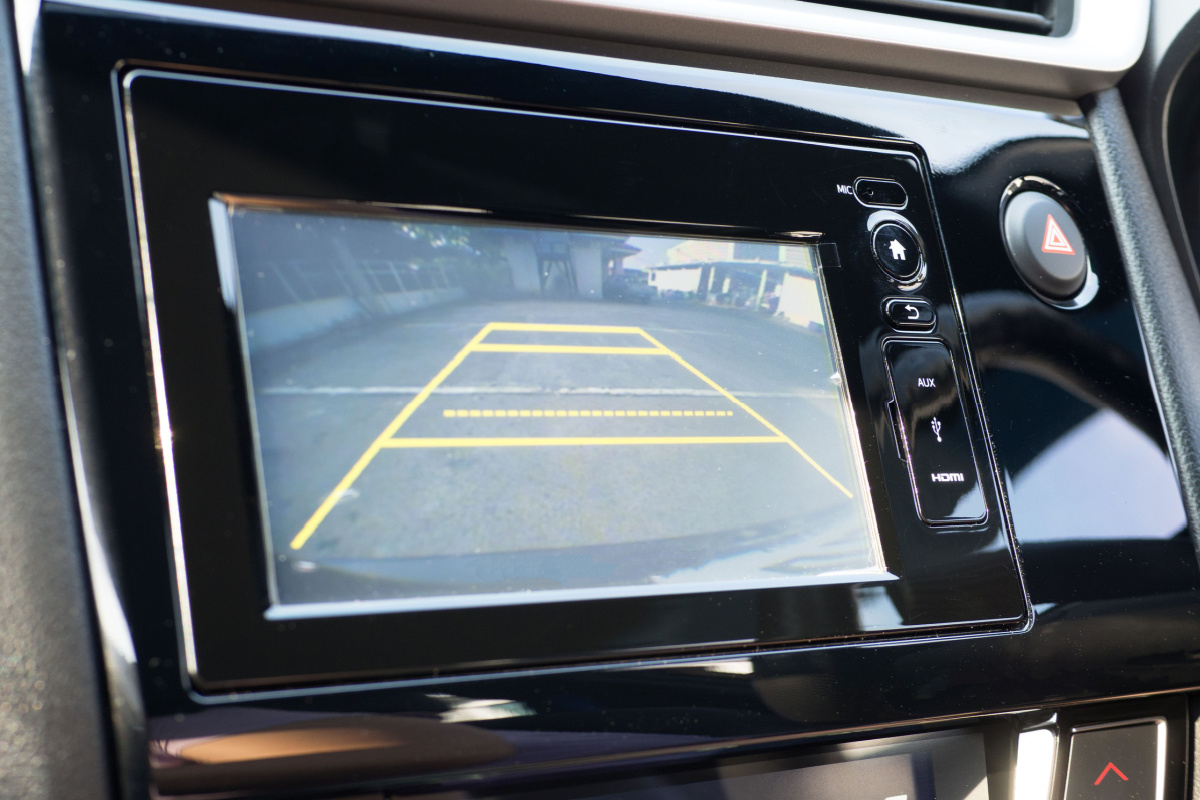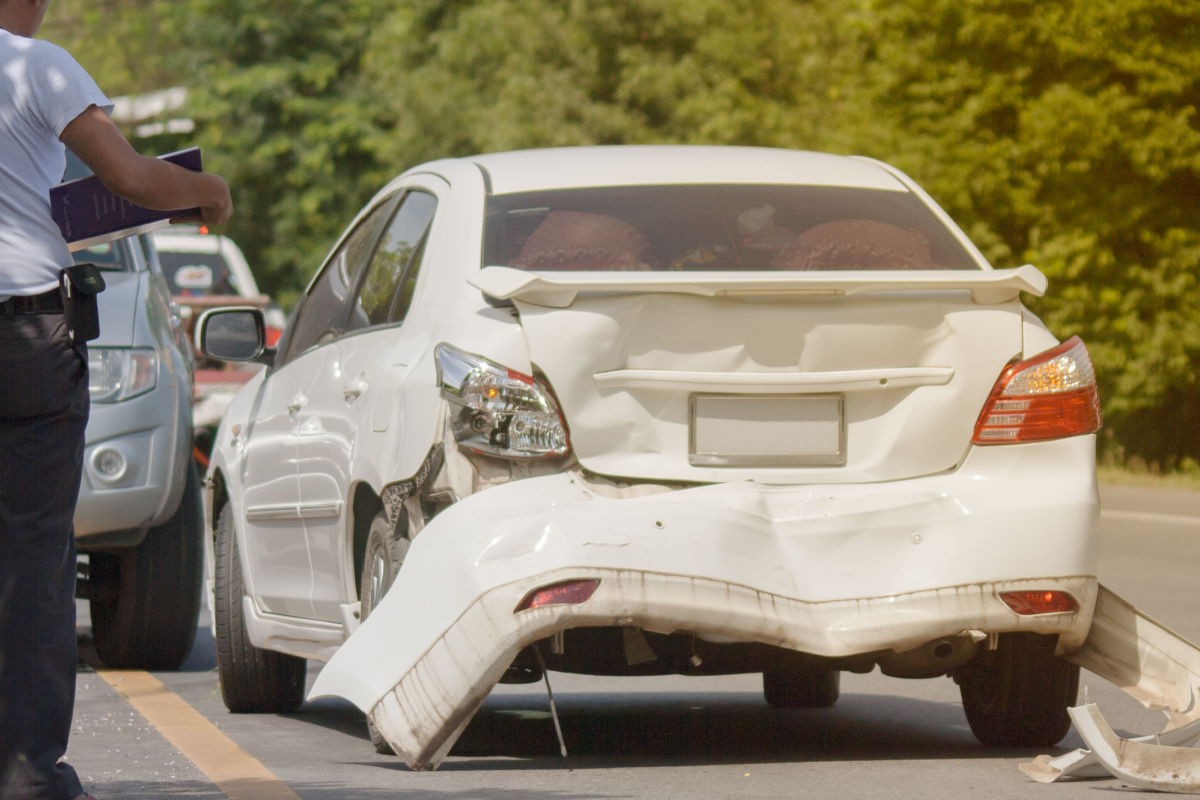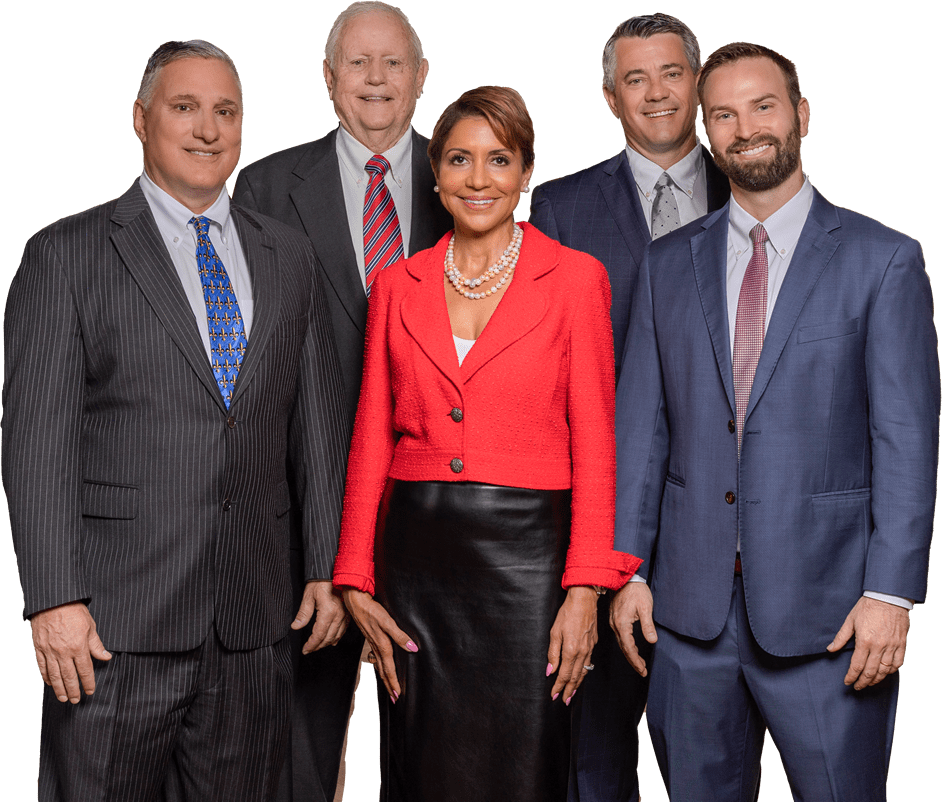
Airbags have been standard in all new passenger vehicles since the 1998/1999 model year. Front airbags reduce driver fatalities in frontal crashes by 29%, and side airbags protecting the head can reduce the driver’s risk of death in driver-side collisions by 37%. When shopping for a car, be sure to check for both front and side airbags, as well as those that protect the head and chest rather than just the chest.
newer airbag systems use sensors all over the vehicle’s front, side, and rear to determine when to inflate. These present a driver’s best chance at survival in case of a road crash–and a mandatory safety feature to tick off the list when buying a vehicle.
We’ve all been there – trying to change lanes on the highway and not realizing there’s a car in our blind spot. That’s where blind spot detection systems come in handy. These systems use sensors to detect vehicles in your car’s blind spot and alert you with a visual or auditory warning. This can help prevent collisions when changing lanes or merging.
Anti-lock brakes (also known as ABS) are designed to prevent your car’s wheels from locking up when you brake hard, helping you to maintain control of the vehicle and steer around obstacles. If you’re in a panic stop situation, ABS can help you come to a halt more quickly and safely.
Parallel parking can be intimidating for even the most experienced drivers, but park assist systems make it a breeze. These systems use sensors to guide the driver into a parking space, taking control of the steering while the driver controls the accelerator and brakes. Some systems even have the ability to automatically park the vehicle with the push of a button.
Collision warning systems are another helpful technology that have only improved over time. Using radar, cameras, or lasers, these systems scan the road ahead and alert the driver if an object or vehicle is closing in too fast. Some systems even automatically apply the brakes in the case of a pedestrian or object in ahead or behind of the vehicle when reversing. For the ultimate protection, look for systems that combine collision warning with automatic braking.
Gone are the days of constantly adjusting your cruise control speed to match the flow of traffic. With adaptive cruise control, your vehicle uses radar, lasers, or cameras to maintain a safe distance from the car in front of you. If that vehicle slows down, your car will automatically slow down as well, and then speed back up once the coast is clear. This can help reduce the risk of rear-end collisions and make long drives less stressful.
If you have young children, you know how important it is to keep them safe in the car. That’s where child safety features come in. Some vehicles offer advanced airbag systems that can detect the presence of a child seat and adjust the deployment of the airbags accordingly. Others have LATCH (Lower Anchors and Tethers for Children) systems that make it easier to secure child seats in the car. And some even offer rear-seat reminder systems that remind the driver to check the back seat for children before exiting the vehicle.

When shopping for a vehicle, it’s important to consider its safety ratings. Consumer organizations and government agencies like the National Highway Traffic Safety Administration (NHTSA) and the Insurance Institute for Highway Safety (IIHS) conduct crash tests to evaluate a vehicle’s performance in various types of collisions. By looking at these ratings, you can get a better idea of how well a vehicle will protect its occupants in the event of a crash.
Here are some tips for interpreting crash test ratings:
By taking the time to research crash test ratings, you can make an informed decision about which vehicle is the safest choice for you and your loved ones.
In the world of cars, it’s important to prioritize needs over wants. But let’s be real, the “wants” can be pretty tempting. Take for example, lane-departure warning and lane-keeping assist systems. These technologies work in tandem to alert the driver when the vehicle is drifting out of its lane and then steer it back into place. Lane departure warning systems use sensors to detect lane markers and alert the driver if a tire touches one, while lane-keeping assist takes it a step further by actively guiding the car back into the lane using brakes.
Heads-up displays, or HUDs, are a nifty “want” that can quickly become a “need” once you’ve experienced them. These systems project important information like vehicle speed and navigation instructions onto the windshield or a panel in the driver’s line of sight, allowing the driver to stay focused on the road. Some carmakers are taking it a step further with augmented reality HUDs, which blend real-world images with virtual reality to display information as if it’s floating in front of the driver.
Speaking of brakes, what if they could apply themselves in case of an imminent crash? That’s where automatic emergency braking comes in. Using sensors, radar, and cameras, these systems detect potential collisions and automatically activate the brakes to help the driver use the full braking capacity of the vehicle. Just be sure to check for any recalls on used cars, as issues like the ones that prompted Tesla to recall over 11,000 vehicles can arise.
Advanced driver assistance systems, or ADAS, are a suite of technologies designed to enhance safety and make driving easier. These can include features like automatic high beams, which adjust the headlights based on the presence of oncoming traffic, and blind spot monitoring, which uses sensors to alert the driver if a vehicle is in their blind spot while changing lanes. Some ADAS even include self-driving capabilities like lane centering and autonomous emergency braking, but keep in mind that these systems still require the driver to be attentive and ready to take control at any time.
If you have been involved in a car accident in New Orleans, please contact the Charbonnet Law Firm, LLC online, or call our office at (504) 294-5094.

With over 50 years of legal experience serving families in the New Orleans area and surrounding Louisiana communities, our firm takes pride in providing clients with personalized legal services tailored to individual needs.